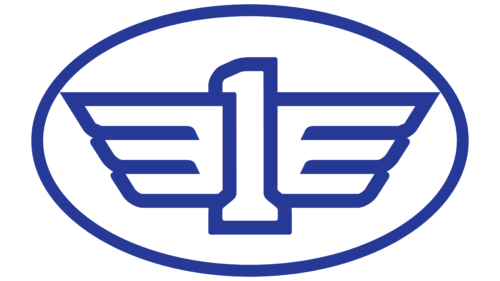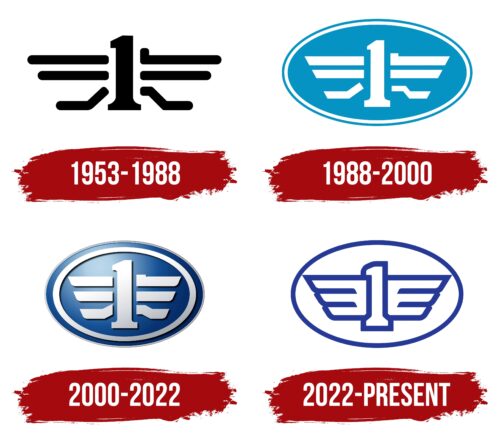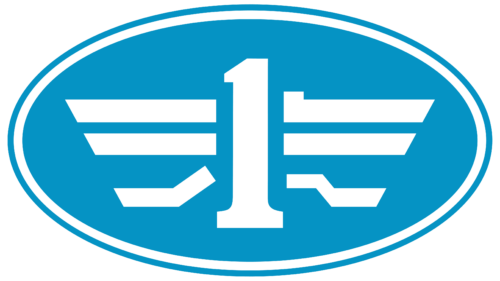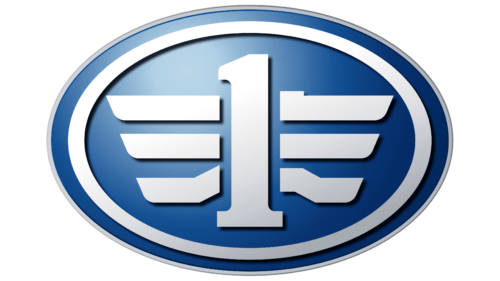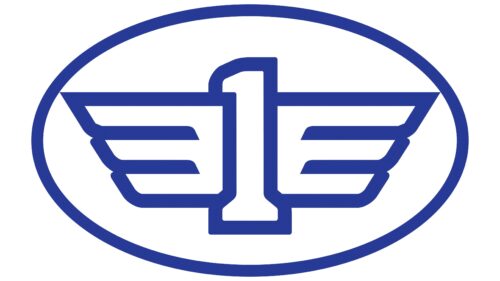The FAW logo embodies flight and the drive for leadership. The emblem highlights the brand’s innovation, laying the foundation for China’s automotive industry. The logo soars upward, resembling a swift bird reaching the highest peaks.
Faw: Brand overview
Established on July 15, 1953, in Changchun, Jilin province, First Automobile Works, known as FAW, made history as the first automobile factory set up by the Communist Party of China. The Soviet Russians provided assistance and technology, allowing FAW to commence production of its inaugural truck model, the CA10, in 1956, swiftly followed by its first car, the Hongqi, in 1958.
Throughout the 1960s and 70s, FAW diversified its product portfolio by introducing widely popular models such as the Red Flag sedans and Jiefang trucks. The development and production of these vehicles were facilitated through technology partnerships with foreign firms, including Toyota and Audi.
In 1978, China embarked on the Reform and Opening Up period, prompting FAW to begin joint ventures with global automobile giants Volkswagen and Mazda. The objective was to manufacture cars tailored to the domestic market’s needs and preferences.
The 1990s brought more growth opportunities for FAW as it secured sales and production rights for several international brands such as Audi, Toyota, Volkswagen, and Mazda. This acquisition enabled FAW to deliver a wider range of products to its consumer base.
In 2003, marking a significant milestone in its corporate journey, FAW went public and secured a listing on the Shanghai Stock Exchange.
Today, FAW continues to hold its position as one of China’s primary state-owned automakers. The company’s vast product line includes light vehicles, commercial vehicles, auto parts, and engines. Its joint ventures significantly contribute to China’s passenger car market, emphasizing FAW’s crucial role in the industry.
FAW’s key offerings over the years are the Hongqi luxury sedans, the Bestune brand, and the Oley and Jiefang trucks. With a workforce of approximately 130,000 employees, FAW continues to contribute significantly to China’s automobile industry.
Meaning and History
What is FAW?
It is a Chinese state-owned automaker based in Changchun, Jilin Province. Founded as one of the first Chinese automakers, it produces many vehicles, including cars, trucks, buses, and commercial vehicles. The company has subsidiaries and joint ventures with international automakers such as Volkswagen, Toyota, and Mazda and produces vehicles under various brand names. The company targets domestic and global markets, constantly expanding its model lineup and technological capabilities.
1953 – 1988
The FAW logo, used from 1953 to 1988, was initially chosen to symbolize greatness and the drive for success. This emblem combined Chinese characters and the number 1, creating the image of a hawk with outstretched wings. Each feather in the wing represented a part of the character that stood for the company’s Chinese name, First Automobile Works. The factory became the first automotive giant built under the guidance of the Chinese government.
The emblem symbolized the company’s ambition to secure a place in the market and become the leading enterprise in the country. The hawk with outstretched wings expressed the ambitions and strength embedded in the company’s foundation.
1988 – 2000
The company emblem is placed in a blue oval, giving it a harmonious and recognizable look. All elements are white, contrasting the background and making the logo easily distinguishable. At the center of the emblem is the number 1, surrounded by three stripes on each side. This element hints at the hexagram of full prosperity, symbolizing success and wealth.
The logo’s color scheme plays an important role in its meaning. Blue symbolizes calmness, stability, and growth, emphasizing the company’s reliability and confidence in its future. White adds a sense of purity and constant renewal, reflecting the company’s commitment to innovation and development.
Since its founding, the company has maintained a leading position in the automotive industry, confirming its pursuit of excellence and unwavering adherence to its values.
2000 – 2022
The three-dimensional emblem reflects the brand’s vehicle improvements and the expansion of acquired companies and partners. This design symbolizes growth and progress, showing that the company is always moving forward. The blue color on the emblem highlights a commitment to technological advancement, innovation, and cutting-edge technologies, establishing the company as a leader in its industry.
The emblem has become slightly more compact, emphasizing the name change from First Automobile Works to FAW Group. This change represents modernization and a move towards a more contemporary and streamlined image. Light reflections on the upper left part of the oval create the effect of a “bird” ascending towards the Sun, symbolizing continuous rise and ambition. This image represents the company’s hope, aspirations, and determination.
2022 – today
The images in the logo became schematic, indicating a simplified design. All company brands were eliminated or merged into three main ones, simplifying the structure and improving manageability. Some assets were sold, allowing a focus on key business areas.
The connection with hieroglyphs disappeared, reflecting the company’s push for internationalization. FAW has numerous joint ventures with European partners and 28 subsidiaries, most of which are publicly traded. Therefore, the brand is not entirely Chinese as it integrates actively into the global market.
The new logo is a simpler and clearer symbol. The bird is surrounded by even, strong, straight wings forming a single structure. This design reflects the manufacturer’s modern development level and drive for simplicity and efficiency.
The logo shows that FAW has outlined a globalization plan, which includes expansion beyond China. The company follows this plan strictly, aiming to strengthen its position in the international market and expand its presence in different regions worldwide.
